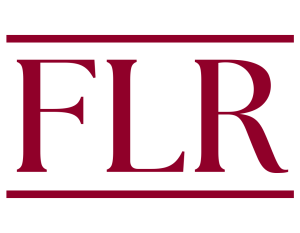Abstract
This Article identifies a striking asymmetry in the law’s disparate treatment of publicity-rights holders and copyright holders. State-law publicity rights generally protect individuals from unauthorized use of their name and likeness by others. Publicity-claim liability, however, is limited by the First Amendment’s protection for expressive speech embodying a “transformative use” of the publicity-rights holder’s identity. This Article examines for the first time a further limitation imposed by copyright law: when a publicity-rights holder’s identity is transformatively depicted in a copyrighted work without consent, the author’s copyright can produce the peculiar result of enjoining the publicity-rights holder from using or engaging in speech about her own depiction. This Article offers novel contributions to the literature on copyright overreach and: (1) identifies a legal asymmetry produced in the interplay of publicity rights, copyright law, and the First Amendment; (2) examines the burdens on constitutionally protected speech, autonomy, and liberty interests of publicity-rights holders when copyright law prevents or constrains use of their own depiction; and (3) outlines a framework for recognizing a “copyright right of publicity” to exempt the publicity-rights holder’s use from copyright infringement liability. Notably, this Article contributes uniquely to the literature by revealing new insights gained from an exclusive first-hand perspective of an internationally recognized celebrity whose persona was prominently depicted without prior notice or consent in a wide-release feature film.
Professor Weisbord presented his Essay, “A Copyright Right of Publicity,” at a special colloquium event at Fordham Law School on January 27, 2016. Following a presentation of the paper, the colloquium featured a vivid illustration of the relevant legal principles through an exciting live demonstration of the fair use doctrine: Five professional dancers staged a choreographed dance presentation set to the music of “What Would Brian Boitano Do?”
Live Dance Presentation, A Demonstration of the Fair Use Doctrine from Fordham Law Review on Vimeo.
Choreography: Richard Hinds (Broadway credits: Disney’s Newsies, Jekyll and Hyde, Il Divo: A Musical Affair; Television credits: America’s Got Talent).
Dancers: Drew Franklin, David Paul Kidder, Cory Lingner, Anthony Raimondi, and Sharrod Williams

